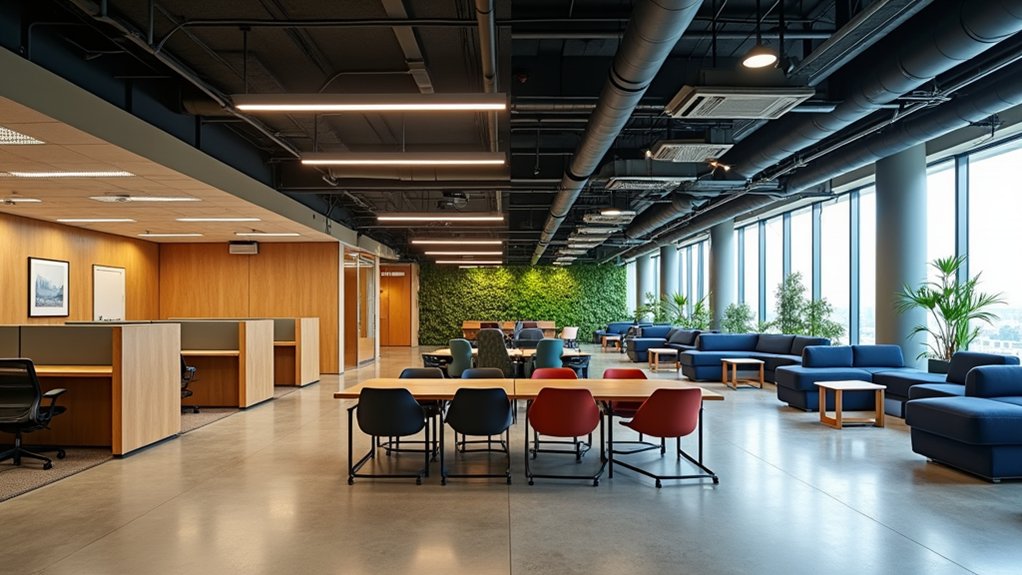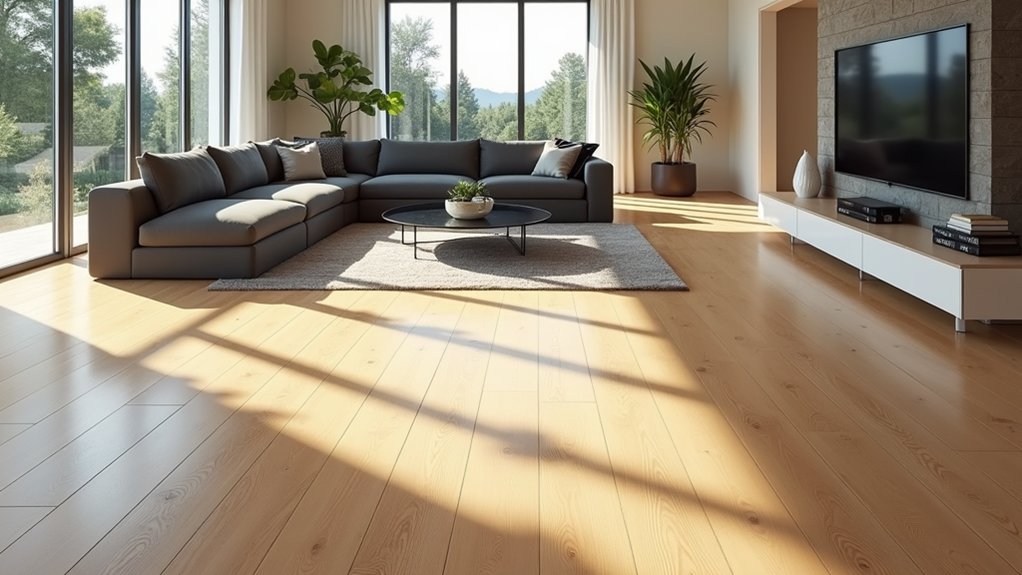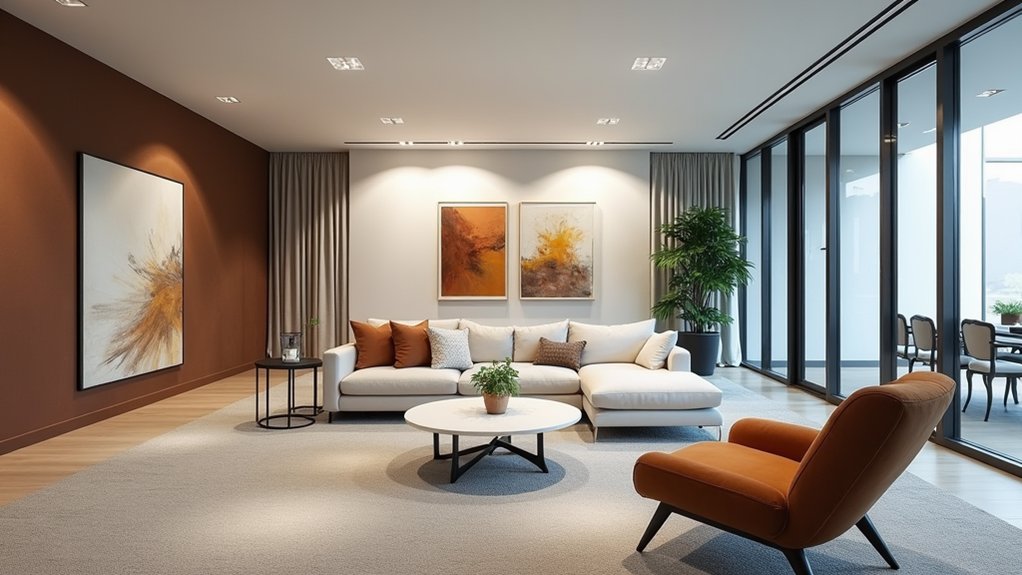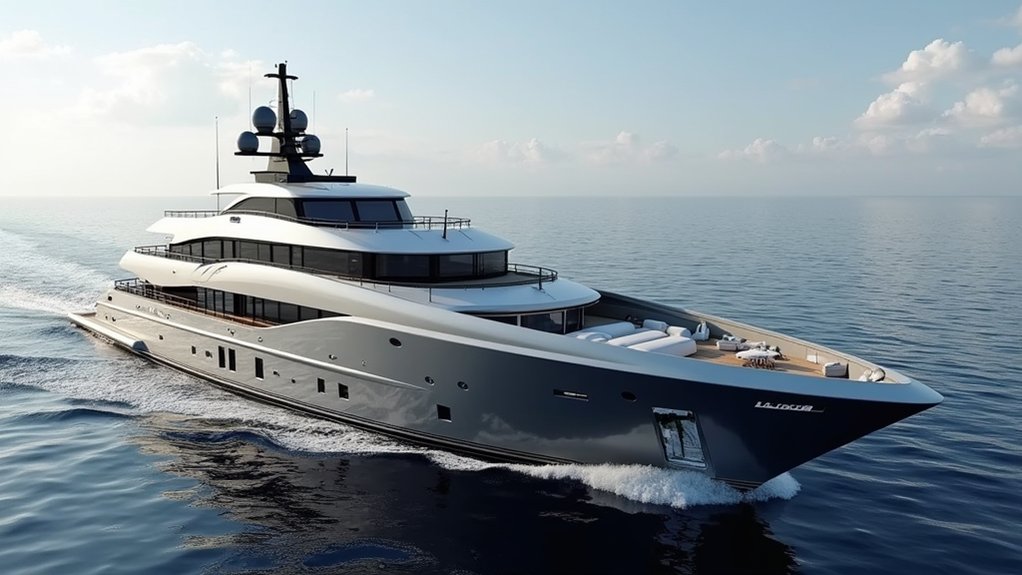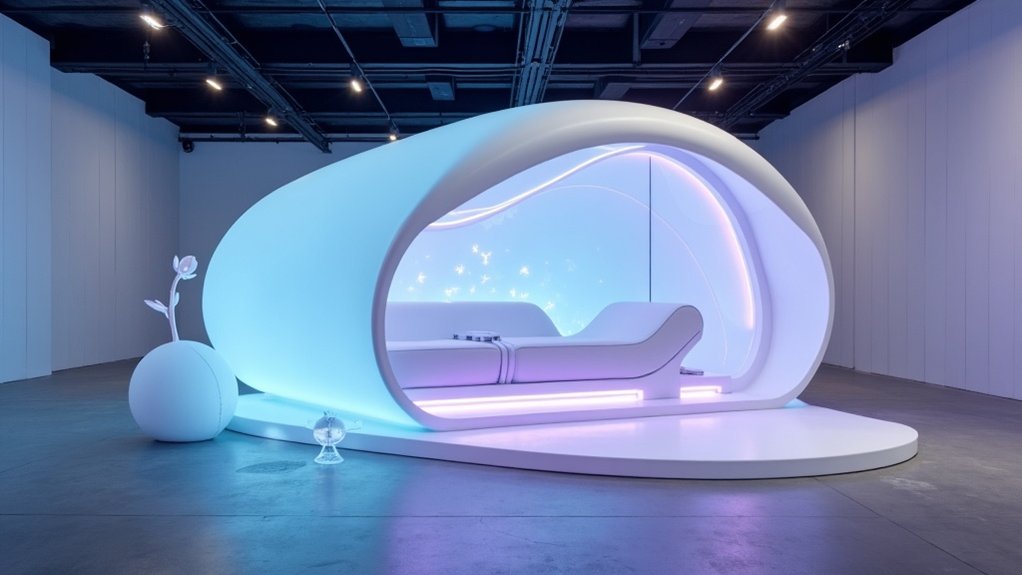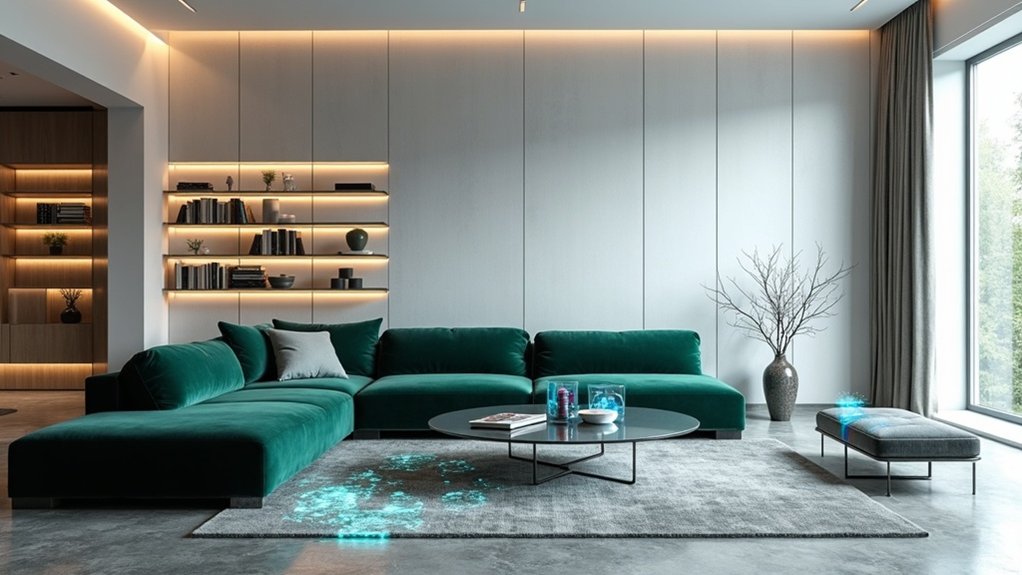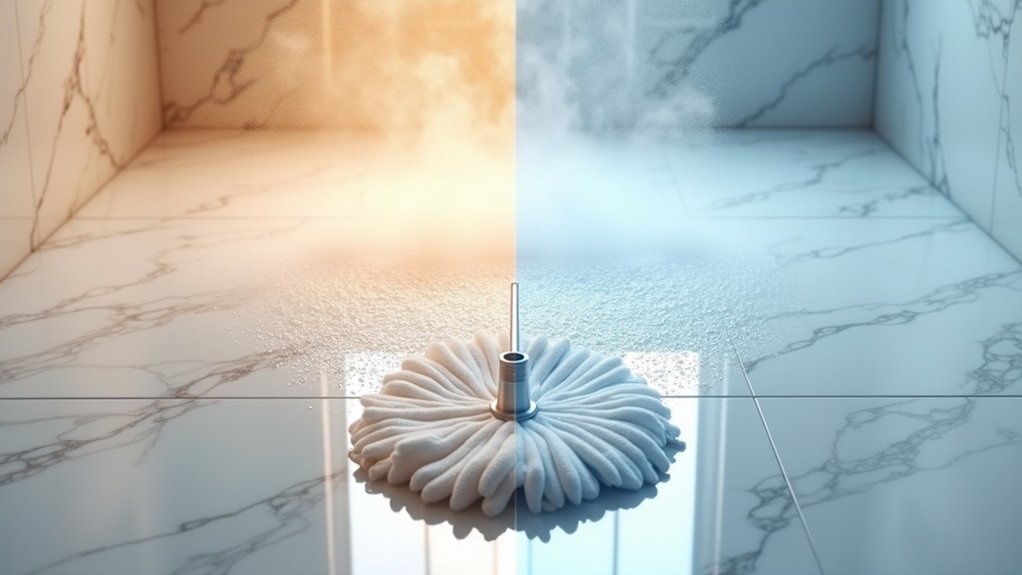As companies navigate the post-pandemic environment, the traditional office space undergoes a fundamental transformation that extends far beyond aesthetic updates. Organizations are uncovering that strategically redesigned workspaces serve as powerful magnets, drawing employees back to physical offices through environments that prioritize flexibility, wellness, and state-of-the-art technology.
The shift toward hybrid office layouts represents a complete reimagining of how space functions. Free desking and hot desking arrangements have replaced rigid assigned seating, while task-based zones create distinct areas for collaboration hubs and focus rooms. Modular furniture allows rapid reconfiguration as team sizes fluctuate and project needs evolve. These adaptable environments support diverse work styles while maximizing utilization of every square foot. Employees now choose workpoints based on their task-specific needs, moving between different zones throughout the day to optimize their productivity and engagement.
Technology integration has become seamless and sophisticated. Smart systems now manage everything from environmental controls to room bookings, while improved video conferencing solutions bridge the gap between remote and on-site team members. Digital wayfinding systems and occupancy sensors provide real-time data that optimizes space usage, while touchless access points and automated amenities address ongoing health concerns. Apps for space booking and AV equipment control have become essential tools that streamline daily operations and enhance workplace efficiency.
Perhaps the most striking transformation involves the incorporation of biophilic design elements. Living walls, abundant natural light through expansive windows, and water features create environments that actively improve employee well-being. Research demonstrates these natural elements reduce stress, boost productivity, and significantly enhance job satisfaction, making the inclusion of natural materials a key aspect of modern office design. Companies are establishing dedicated wellness rooms and quiet zones that support mental health alongside traditional work functions.
Sustainability considerations drive many design decisions, with energy-efficient buildings featuring smart lighting, HVAC systems, and solar panels becoming standard. Organizations pursue LEED and WELL certifications while incorporating recycled materials and water-saving fixtures. Remarkably, green design investments have yielded 4.7% higher average fund performance compared to traditional approaches between 2018 and 2023.
The modern office has evolved into an amenity-rich environment resembling hospitality spaces more than traditional workplaces. On-site cafes, gyms, wellness centers, and social zones cultivate informal connections essential for organizational culture.
Data-driven workplace analytics inform these transformations, ensuring spaces serve as cultural and collaboration hubs rather than mere collections of desks. This thorough reinvention positions the physical office as an indispensable resource that remote work simply cannot replicate.
